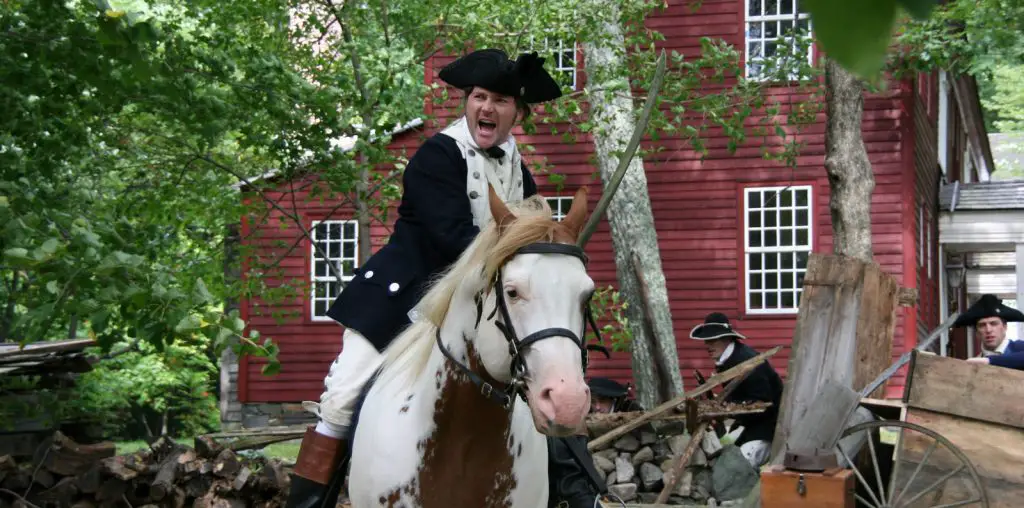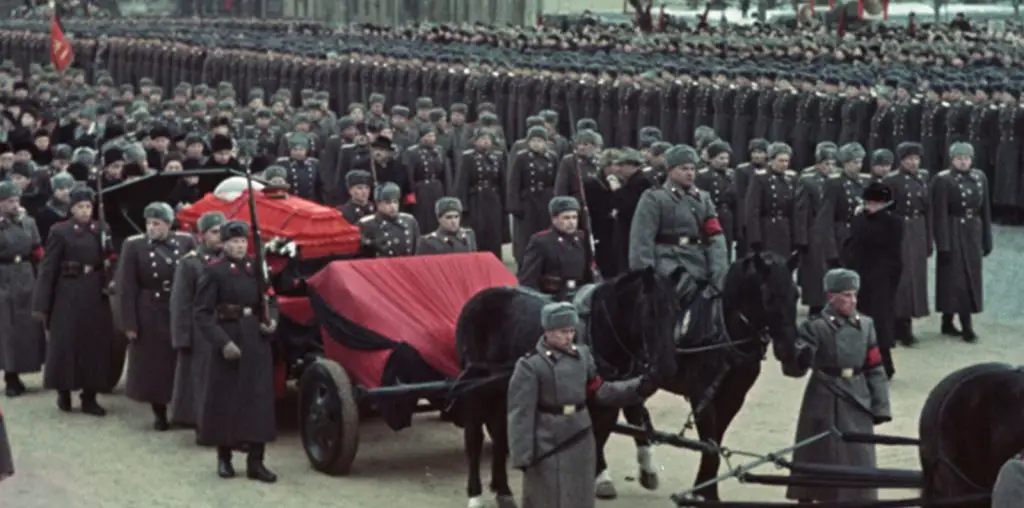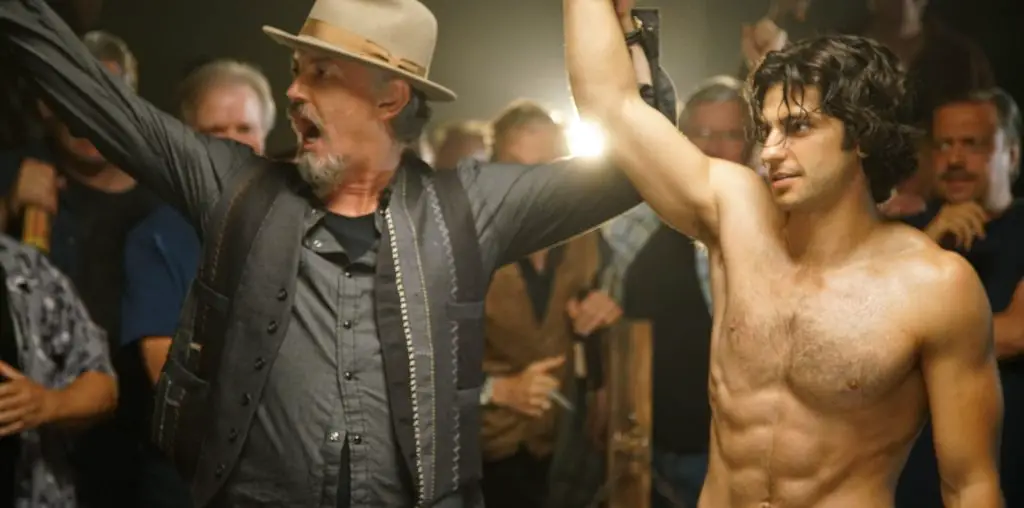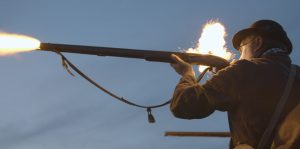
History can sometimes feel like a centuries-old game of telephone. Over time the story twists and evolves until it’s almost unrecognizable from the truth. Erik Swanson’s The Siege of Fort William Henry attempts to get at the truth surrounding the events at Lake George, which inspired numerous stories, including James Fenimore Cooper’s classic romance, The Last of the Mohicans. Swanson uncovers the truth with the help of renowned historians and the journals of the French and British men who fought in the battle.
The documentary takes us to 1754, where tensions between England and France blows up into the French and Indian War. In the American theater, England occupied the Thirteen colonies along the Atlantic, while France flanked the colonies from the north in Canada, stretching south along the west. Conflict arose as British colonists began seizing land that France had claimed. The British forces were quite sizeable, but the French quickly found allies in the Native Americans, primarily the Mohawks. They liked the French because they shared the land and were far less brutal and territorial than the British.
This brings us to Fort William Henry. It was one of the strongest forts manned by the British and essential to maintaining control of the New York frontier. It was heavily armed with artillery and over two thousand men and protected by Lake George, vast swamps, and the surrounding forest.
The Siege of Fort William Henry gets into great detail, but the vital part of the narrative is that the French and Indians had laid siege on Fort Willliam Henry. As the fort’s artillery slowly began to break down and with no reinforcements coming, the officers negotiated surrender terms allowing the British to leave “with honor.” However, as they began to depart, the Native Americans attacked and slaughtered the British as spoils of the battle without France’s approval or knowledge.
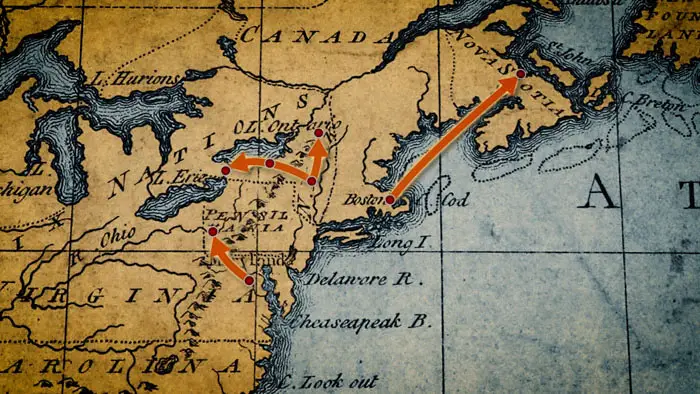
“…with no reinforcements coming, the officers negotiated surrender terms allowing the British to leave ‘with honor.'”
To some degree, the filmmaker seeks to get at the truth of the siege as stories surrounding the events are often romanticized for the sake of telling a dramatic story and sometimes as propaganda Pro-This or Pro-That fodder. Swanson instead just presents what happened from the perspective of French and British soldiers. Actors including Thierry Albert, Craig Bones, and Ross Cawton read from the journals of French General Montcalm, his aide de camp, along with reports from Colonel Joseph Frye. Justifiably so, the director regrets not having anything from the perspective of the Native Americans involved in the event.
For the most part, The Siege of Fort William Henry gives a detailed account of the siege and the events leading up to it. I’m going to guess that the budget for this documentary was small. The story is primarily told through historical narration, recitation of the mentioned journals, and talking-head interviews with historians, one of whom is Ryan Hall from Colgate College.
Assisting the narration is video footage of the fort and the surrounding area, which appears untouched centuries later, archival drawings, and limited re-enactors firing weapons and posing in battle stances. In slick telestrator fashion, maps illustrate troop movements and general strategy. Swanson also uses computer modeling to present actual battles, including guns firing and blood splattering in a 3D depiction of a single moment. The 3D modeling can feel cheesy at times, but considering the budget and their importance to the story, it’s forgivable.
The Siege of Fort William Henry does precisely what it sets out to do: tell the story of this bloody massacre that genuinely shaped the birth of the United States… both the good and bad. What it lacks in big Hollywood production values more than makes up in research. It’s must-see viewing for history buffs and, at 60 minutes, provides a good overview of this all-important event in American History.
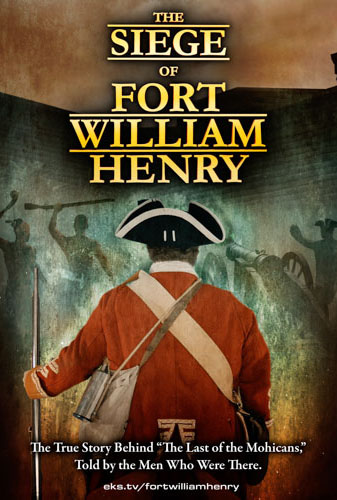
"…must-see viewing for history buffs..."
